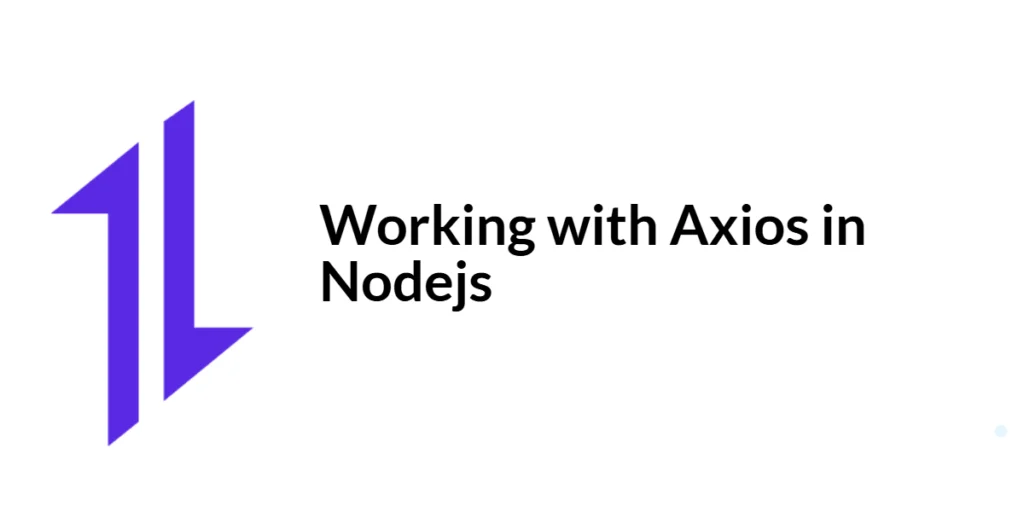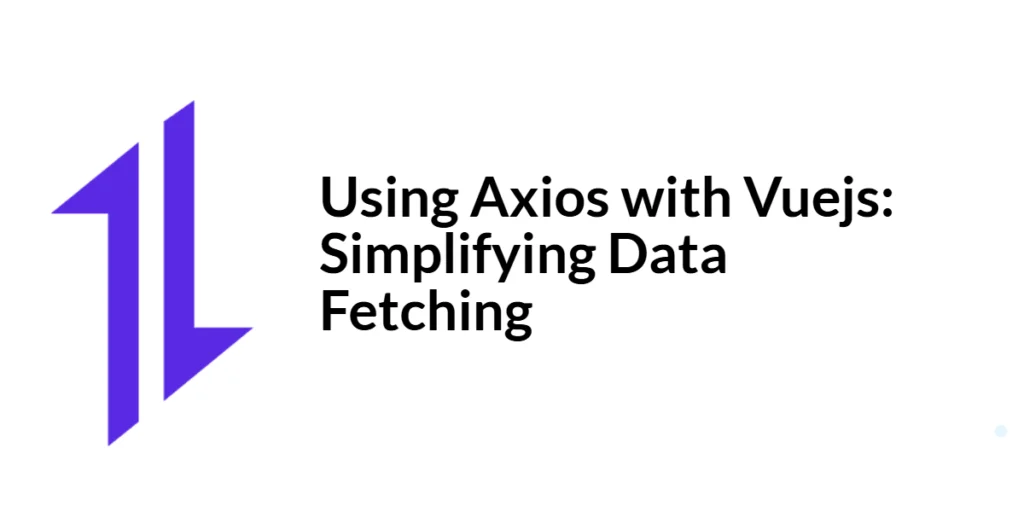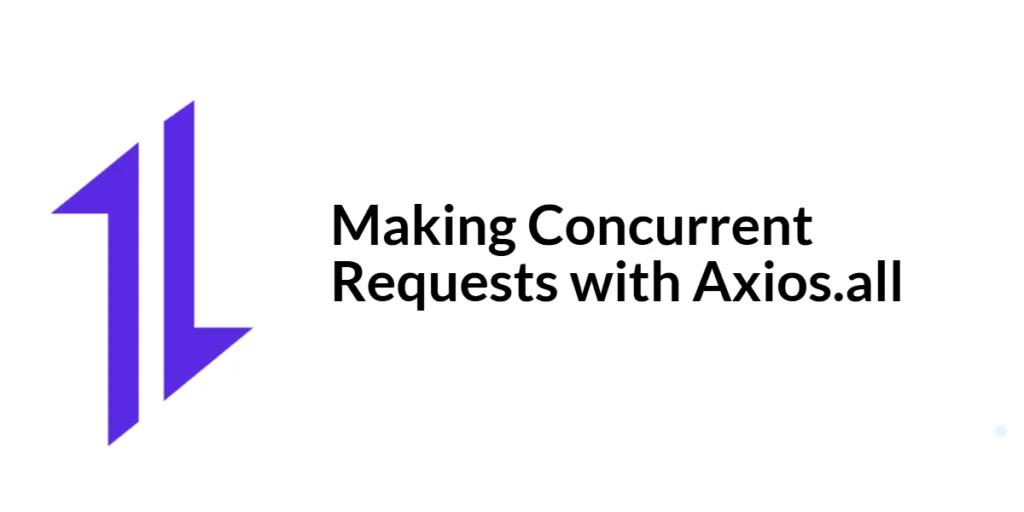Handling Timeouts with Axios
In modern web applications, efficient handling of HTTP requests is crucial to ensure a smooth user experience. One of the challenges developers face is dealing with network latency and server responsiveness. Timeouts are an essential mechanism to manage these issues, preventing applications from hanging indefinitely while waiting for a response. A timeout specifies the maximum […]
Handling Timeouts with Axios Read More »









